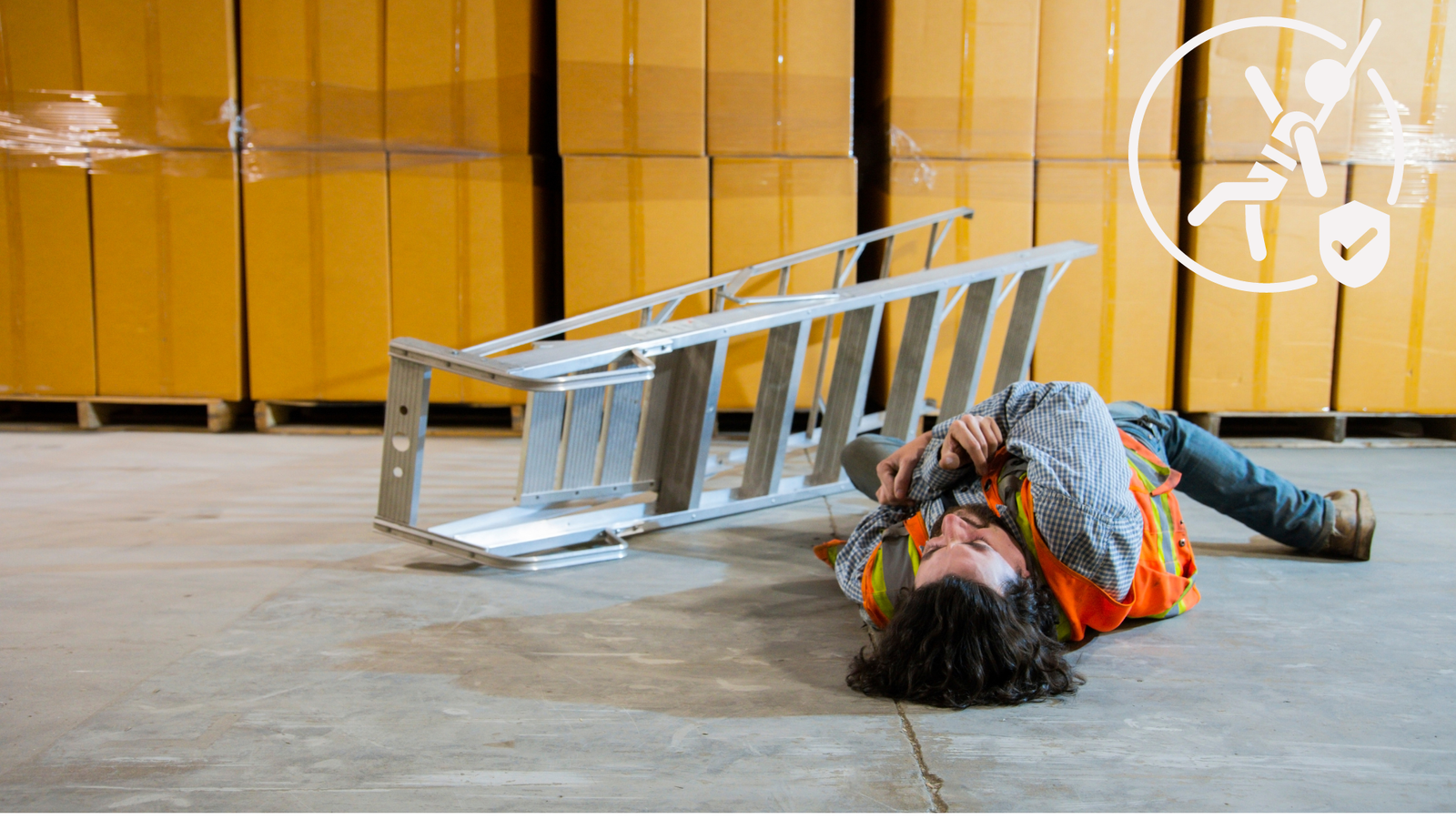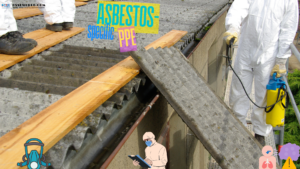Fall Protection and Ladders
3 min readFall hazards are present in more places than one might initially think. Not only do obvious fall hazards occur in areas that have leading edges, or open holes, but fall hazards exist in much less obvious ways as well.
One example of a fall hazard we are exposed to almost every day is stairwells. Stairwells are a fall hazard, though we do not think of them as such because we don’t need to wear fall protection when using the stairs. Just because there is not a risk of a straight fall of 6 feet or greater, does not mean that there is not a fall hazard. Handrails are a safety mechanism designed to enhance safety in stairwells.


Takeaway: Falls from ladders can be prevented by implementing safe work practices. Ensure that your employees are well educated on the risks associated with ladder use and how to ensure that they use ladders properly.
Ladders are another example of a fall hazard that we might not recognize as such. Falls from ladders account for one third of all deaths caused by falls in construction each year. Ladders are often used as an alternative in areas where a man lift cannot be used. This could include areas such as stairwells, or on soft, uneven ground. In cases such as these, the proper safety precautions should be taken to ensure that the work can be done safely.
In many cases, employers and employees avoid having to use personal fall arrest systems by allowing workers to work from a platform, or allow workers to work from ladders. Allowing workers to work from ladders is one of the unsafe work practices that can lead to unneccesary injury.
For information on how to choose the right ladder for the job, check out Ladders: Portable Ladder Safety.
In the case of working off of a ladder in a stairwell, the ladder should be used in conjunction with a personal fall protection system including a self-retracting lanyard. This will allow the potential fall to be arrested before the worker reaches the stair surface, while still working safely from a ladder. If a ladder is the only option, but the work must be completed while facing sideways, additional fall protection must be used.
It is not enough to only see the option that will allow work to be done, the surrounding hazards should always be assessed prior to commencing work. A proper hazard analysis will determine what preventative measures are required to get the job done safely.
Ladders are a great tool, but those who use them should not become complacent. Even if you are comfortable using ladders, always take the extra minute to ensure it is set up safely and has been inspected. Follow these tips when using a ladder to ensure your safety.
- Never use a ladder that is missing a rung, or has a defect.
- Inspect the ladder prior to each use.
- Never use the top rung as a step.
- Always maintain 3-point contact when climbing the ladder.
- Never place a ladder on an unstable surface.
- Always ensure the base of the ladder is secure.
- Wear proper footwear when climbing the ladder.
- Ensure the ladder is fully extended before use.
- Use barriers to ensure passersby are deterred from the work area.
- Do not lean away from the ladder to complete work tasks.
- Do not use ladders near doorways. If working near a doorway, ensure that it is properly marked and the door is locked.
Falls from ladders can be prevented by implementing safe work practices. Ensure that your employees are well educated on the risks associated with ladder use and how to ensure that they use ladders properly.
Resoources
Watch carpenter falling 29 feet through unguarded and uncovered floor openings of a building under renovation




1 thought on “Fall Protection and Ladders”